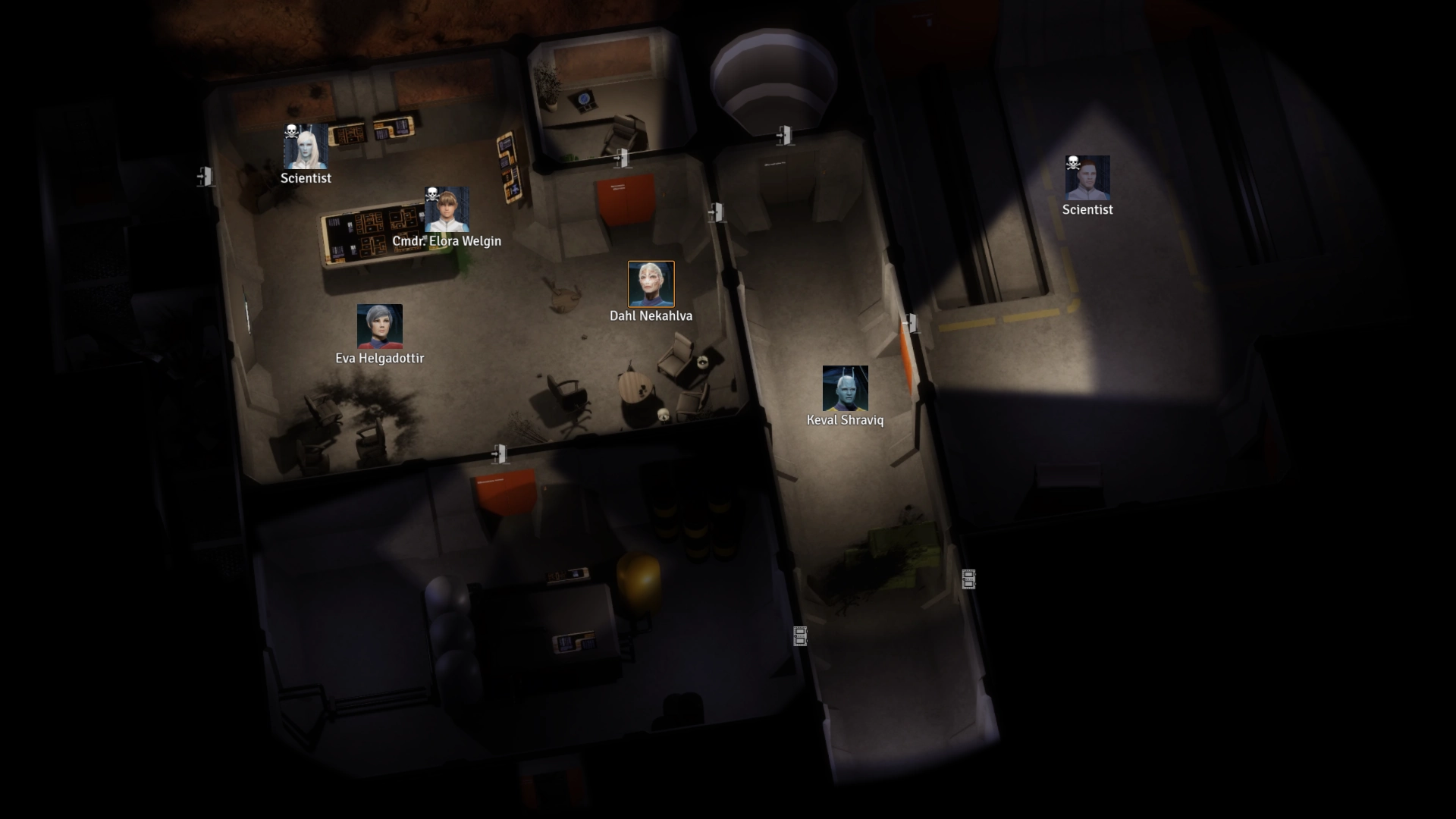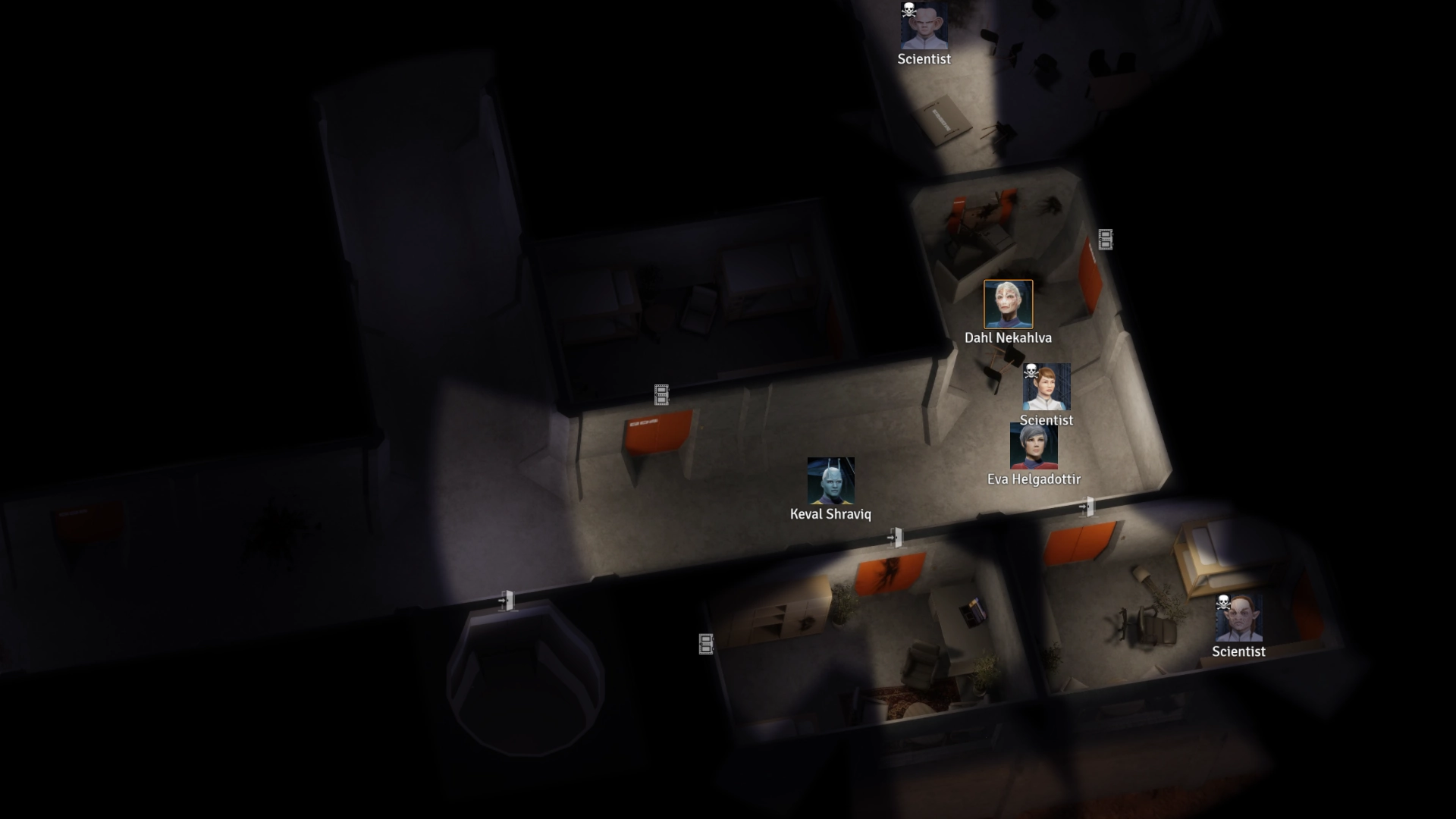| Latest version | 0.1.1 |
|---|---|
| Minimum Core | 9.242 |
| Compatible Core | 9 |
| File size | 0 B |
| Last updated | 2 years ago |
| Created | 2 years ago |
| Authors | |
| Languages |
|
| Systems | All systems |
| Dependencies |
libWrapper |
| Project source | Project URL |
| License | License URL |
This module adds support for projected walls which are needed when using isometric or 3D-projected maps. This works by adding dynamic walls at runtime, just in the right position to produce the correct vision cone. Still 2D and not perfect, but a lot better than static walls. Such maps can be produced using Unity2Foundry-Project, which is a separate package as it isn't a FVTT module.
Unity2Foundry-Project is a toolset that allows you to render maps from within Unity Editor, while also generating wall-data for FoundryVTT. That means you can use tools like ProBuilder and/or get some 3D game assets from the Unity AssetStore. The Unity project contains:
- Exporter script: Put it on a Camera in your scene and it will render the image in your desired resolution and save it in WebP format. This will also export walls in the JSON format needed for FoundryVTT or patch them into an existing JSON scene.
- Wall script: Used to setup meta-data needed for walls, doors, windows, etc. If you use a prefab-based construction-kit that has this already setup, you get pixel-perfectly projected wall-data for your maps almost for free.
- Door script: Allows you to quickly open/close doors within Unity and also helps putting labels on them. Note that this currently doesn't connect to above wall-data.
- Some example assets:
- Prefab construction-kit for corridors, rooms, doors and windows as well as some maintenance crawl spaces. These include the meta-data needed for wall-data export. That means you can just use Unity's grid system (and Ctrl+D to duplicate) to quickly setup any layout.
- Some StarTrek-style consoles, display textures can be easily switched.
- All assets were build using ProBuilder within Unity, so they can be easily modified as needed.
- Example scene with basic HDRP effects setup (shadows, ambient occlusion, anti-alias, etc.)
Some screenshots of FoundryVTT scenes made for the StarTrek Adventures episode 'The Ångström operation' from the second mission compendium. Note that the compatible Shared Vision module by CDeenen was also used for those screenshots:


Credits
Credits for assets used in screenshots, see Unity2Foundry Credits.



